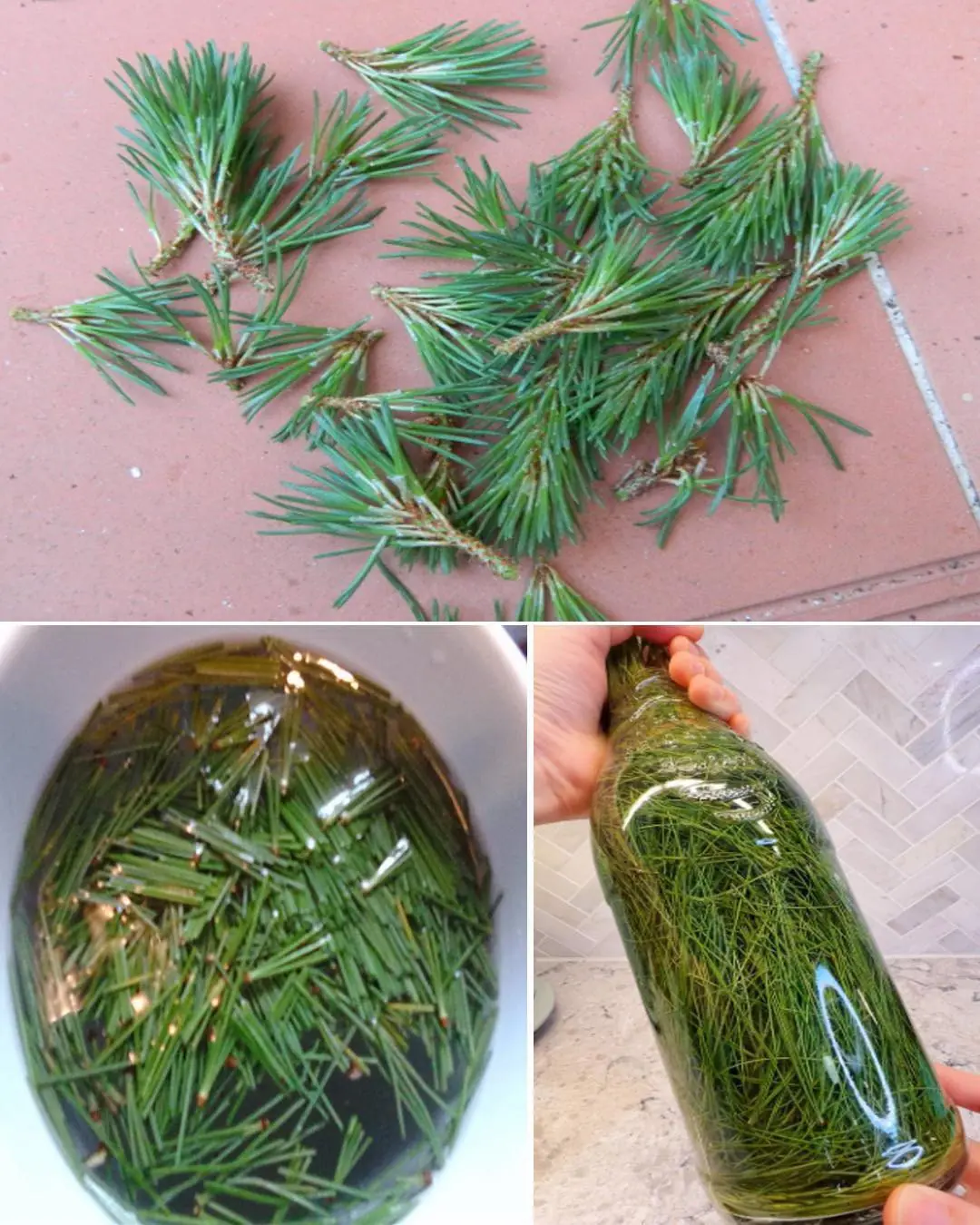
You're doing it all wrong. Here’s the right way to store butter
Butter is a staple in most kitchens, from home cooks to professional chefs. Yet many of us don’t give much thought to how we store it. A stick of butter wrapped in thin foil or paper, left exposed on the counter or jammed into the refrigerator door, may seem harmless — but these habits can quietly dull its flavor, change its texture, and shorten its shelf life.
Understanding the right way to store butter isn’t just about avoiding spoilage — it’s about preserving its creamy texture, rich aroma, and smooth spreadability. Whether you’re baking, cooking, or simply spreading it over warm toast, good storage practices can make a noticeable difference in your everyday kitchen experience.
1. Why Proper Butter Storage Matters
Butter is composed of fat, water, and milk solids, a delicate trio that reacts easily to air, light, and odors. When left uncovered, butter can absorb nearby smells — think onions, garlic, or even yesterday’s leftovers — which alters its clean, buttery flavor. Meanwhile, oxygen exposure triggers oxidation, a chemical process that turns butter rancid over time.
Light exposure can also degrade butter, breaking down its natural pigments and fats. That’s why many commercial butter wrappers are opaque or foil-lined. Ideally, butter should be kept in a cool, dark, and odor-free space to maintain its natural sweetness and aroma.
Temperature plays another key role. Butter should stay around 32°F to 35°F (0°C to 1.6°C) for long-term storage in the fridge. If it warms up and cools down repeatedly, the fat crystals inside reorganize, causing graininess or watery separation.
However, for short-term use, keeping butter at room temperature is perfectly fine — as long as you use it within a few days and protect it from light and air.
2. When It’s Okay to Keep Butter Out of the Fridge
If you reach for butter every morning, refrigeration can feel inconvenient. Cold butter is notoriously hard to spread, often tearing your bread rather than melting into it. Keeping a small portion at room temperature solves this — but moderation is key.
Only set out what you’ll use in one to two days. Use a covered butter dish to shield it from dust, air, and kitchen odors. Place it away from direct sunlight, stovetops, or heat vents — even a few hours of warmth can cause butter to melt and re-solidify, spoiling its texture.
A handy tip: choose salted butter for countertop storage. The salt helps inhibit bacterial growth, keeping it fresher longer than unsalted varieties.
3. The Value of a Covered Dish on the Counter
A covered butter dish isn’t just elegant — it’s essential. The lid acts as a barrier against air, odors, and contaminants, helping the butter maintain its creamy consistency and pure flavor.
Different materials offer unique benefits:
-
Ceramic and stoneware hold a stable temperature and look attractive on the counter.
-
Glass lets you see how much butter you have left.
-
Stainless steel offers durability and odor resistance.
For the ultimate freshness, consider a butter bell (also known as a French butter keeper). This clever device uses water to create an airtight seal, protecting the butter from air while keeping it soft. Many home cooks love butter bells for their practicality and old-world charm — they keep butter perfectly spreadable for up to two weeks without refrigeration.
4. Keep Butter Away from Strong-Smelling Foods
Butter is like a sponge when it comes to odors. In a fridge packed with cheese, onions, and garlic, it can quickly pick up those smells, transforming your next batch of cookies into an unpleasant surprise.
To prevent this:
-
Store butter in its own compartment or sealed section of the fridge.
-
Keep it away from aromatic foods like fish, cured meats, or fermented products.
-
When stored on the counter, always keep it covered and positioned away from spice racks or cooking areas.
These small adjustments can help maintain butter’s delicate dairy aroma and rich, sweet taste.
5. Why Butter Deserves Its Own Space in the Refrigerator
Most modern refrigerators include a “butter shelf” in the door — but that’s often the warmest spot in the entire fridge. Instead, designate a separate section near the back, where the temperature stays stable and cool.
Having a dedicated area for butter offers several advantages:
-
It reduces exposure to temperature swings from frequent door openings.
-
It helps prevent odor contamination.
-
It keeps your fridge organized and makes butter easy to locate.
Stable, consistent temperatures mean your butter will stay fresh and smooth for weeks, not days.
6. The Truth About Airtight Containers for Long-Term Storage
While airtight containers work wonders for cookies or leftovers, they aren’t ideal for butter. Sealing butter completely can trap residual moisture, encouraging bacterial growth and altering its texture. Over time, this can lead to rancidity or sour flavors.
Instead, opt for breathable yet protective materials like foil or parchment paper. These allow minimal air exchange while blocking light and odors. If you plan to store butter for more than a few weeks, freezing is the safer, longer-lasting solution.
7. Wrapping Butter for Maximum Longevity
The right wrapping method can extend butter’s life dramatically. Aluminum foil provides excellent protection from light, while parchment paper allows a touch of airflow that helps prevent condensation buildup.
Here’s how to do it properly:
-
Cut butter into manageable portions (like half or quarter sticks).
-
Wrap each piece tightly in parchment or foil.
-
Label and date each package.
-
Store in a sealed freezer-safe bag for extra protection.
Properly wrapped, butter can stay good in the freezer for six to nine months without losing flavor or texture.
8. Don’t Mix Salted and Unsalted Butter in the Freezer
Salted and unsalted butter serve different culinary purposes — and they shouldn’t be stored together. Salted butter tends to transfer its flavor to unsalted varieties when frozen side by side, especially if the wrapping isn’t fully sealed.
Always wrap each type separately, label them clearly, and store them in different freezer sections or bags. This keeps your baking butter pure and your cooking butter flavorful — exactly as intended.
9. Storing Specialty Butters: Cultured, Flavored, and Beyond
Today’s grocery shelves offer more than just salted and unsalted butter. Cultured butter, European-style butter, and flavored varieties (like garlic or honey butter) each have unique characteristics that require care.
-
Cultured butter (slightly tangy) keeps best refrigerated and should not be left out.
-
Flavored butters (with herbs, spices, or honey) should be refrigerated and used within a week.
-
Clarified butter or ghee can be stored at room temperature because the milk solids have been removed, giving it an extended shelf life.
When storing multiple types, keep them wrapped and labeled individually to prevent cross-contamination and flavor mixing.
10. Viral Butter Storage Hacks: What’s Genius and What’s Gimmick
Social media is filled with butter storage hacks, but not all of them hold up to science.
✅ What works:
-
Butter bells or keepers for short-term counter storage.
-
Freezing pre-portioned butter for long-term convenience.
🚫 What doesn’t:
-
Leaving butter uncovered on the counter — it spoils quickly.
-
Storing butter in airtight plastic containers — this traps moisture and affects flavor.
When in doubt, stick with methods that balance freshness, food safety, and practicality.
11. The Science of Butter Freshness
Butter’s freshness depends on controlling oxidation, moisture, and light exposure. Fat molecules oxidize when exposed to oxygen, forming compounds that smell and taste unpleasant. Light accelerates this reaction, while fluctuating temperatures destabilize the fat emulsion, making butter oily or grainy.
To slow these effects:
-
Store butter in a consistent, cool temperature range.
-
Use opaque wrappings or containers to block light.
-
Keep it separated from strong-smelling foods.
By understanding this science, you can preserve your butter’s flavor longer — ensuring that every slice of toast, pie crust, or batch of cookies tastes exactly as it should.
Final Thoughts: Small Habits, Big Flavor
Butter may seem simple, but how you store it has a profound impact on its taste and performance. Keep it cool, covered, and separated from strong odors, and it will reward you with a rich, clean flavor every time you use it.
Next time you unwrap a fresh stick, think of it as more than an ingredient — it’s a product of craftsmanship, chemistry, and care. Treat it right, and it’ll stay delicious from the first spread to the very last bite.
News in the same category


You’re doing it all wrong. Here’s the right way to store eggs

The reasons why public toilet doors don't touch the ground.

Pouring Salt into the Toilet: Everyone Thinks It’s Crazy, but Once You Know Its Benefits, You’ll Try It at Home Immediately

Black Mold on Refrigerator Seals? Use This Trick to Clean It in Just 5 Minutes

Don’t Ignore This: Check Your Fridge Now and Remove These 7 Items Before It’s Too Late

Why is that and the answer for those who don't know?

Why Do Flat Electrical Plugs Have Two Round Holes? The Hidden Function Is Brilliant

What Your Pile of Dirty Dishes Might Really Be Saying About You

Why There’s a Dent in Your Milk Jug—and What It Actually Does

The more you clean a leaky house, the dirtier it gets: Do this to dry it, with immediate effect

During humid spring rains, put this in the bathroom to help deodorize, avoid moisture, and save cleaning time.

4 ways to distinguish clean vermicelli and vermicelli contaminated with chemicals, every housewife should know

Tips for salting white eggplants so they stay crunchy, don't turn black, and don't develop mold over time

Putting citrus peels in white vinegar helps solve many household problems without wasting effort.

The whole world values this type of fruit even more than cordyceps; Vietnam has plenty of it, but no one knows to eat it.

You are doing it all wrong. Here's the right way to clean your windows

My nana taught me this hack to whiten dingy grout in 4 mins with 0 work. Here’s how it works

You’re doing it all wrong. Here’s the right way to dust your home
News Post

5 Amazing Benefits Of Aloe Vera Gel For Skin: Large Pores, Dark Spots, Wrinkles

Clove & Lemon Collagen Drink: Wrinkle Free, Glowing Skin

Unlock Your Body’s Hidden Power: Try Garlic and Honey on an Empty Stomach for 7 Days

Tragus Piercing What Does It Mean

9 Health Benefits of Pine Needles

Unlock The Incredible Health Benefits of Garlic, Ginger and Lemon for Men

A special method to grow garlic in plastic bottles

7 Benefits of the Miracle Leaf of Life

7 Amazing Health Benefits of Banana Blossoms

Boiling Sweet Potatoes: Don’t Just Add Plain Water—Add This Spoonful for Perfectly Fluffy, Sweet Results

The Science Behind Putting a Cotton Swab in a Menthol Oil Bottle

More People Are Struggling with Visceral Fat — Doctors Reveal 9 Foods That Help Burn It Naturally

Black Turmeric vs. Yellow Turmeric: Which One Is Better?

Starve cancer: the diet rotation strategy you need to know

Like to see more from Tips for the Home

💪 Sarcopenia: Why Muscle Loss Happens & How to Fight It (After 50)

I Had No Idea About This!

These Ideas Are Amazing: 10 Clever Ways to Use Dryer Sheets Beyond the Laundry Room

Most Don’t Know: 13 Brilliant Ways to Use WD-40 Around the House
